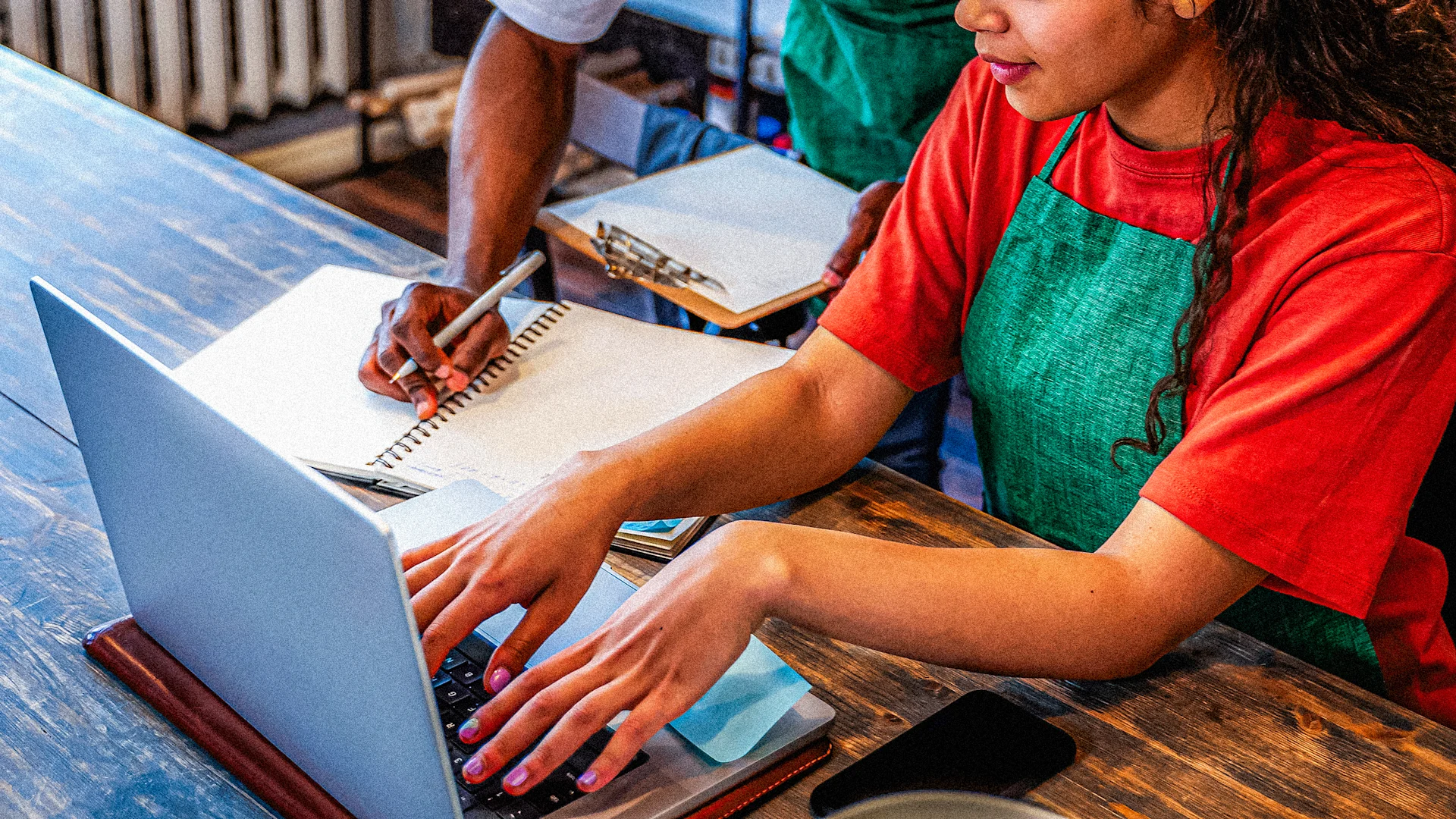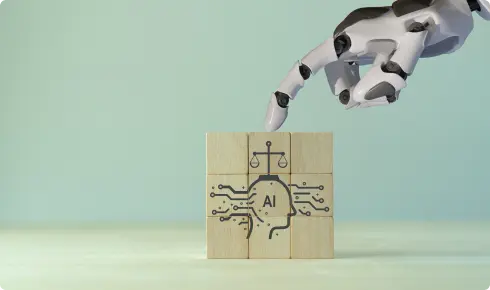Companies may be tempted to cut their R&D spending, but that would be a grave mistake. Innovation not only limits the impact of short-term challenges, but helps ensure greater success and growth over the long term.
There are many reasons to be cheerful about the global economy, but conditions remain fragile, with inflation (while having apparently peaked) still elevated, interest rates going up (though at a slower pace), and geopolitical tensions remaining high. The World Bank recently said the global economy is “on a razor’s edge”.
In these challenging times, innovation is no longer merely desirable, it’s an out-and-out necessity. The paradox is that innovation can be particularly problematic during periods of economic uncertainty. For instance, companies may be tempted to pull back on research and development. Introducing new products or services can seem foolhardy when consumers are cutting their discretionary spending.
However, fortune favors the brave. Surviving and thriving during challenging economic times mandates constant innovation. As I discuss in my book Everything Connects, an innovative mindset is essential for companies looking to attract and retain top talent. A commitment to innovation fosters a work environment where talented people want to grow. An organization that throws the brakes on innovation during economic uncertainty risks alienating and possibly losing those talented individuals.
Furthermore, a company that deemphasizes innovation risks losing customers to a more aggressive competitor when the economy improves and spending picks back up. After three years of frequent lockdowns, China has dropped its strict pandemic controls. The reopening is forecast to unleash a torrent of pent-up consumer demand. The companies that have been investing in their product and service offering stand to gain the most from the coming rebound in China.
Turn challenges into opportunities
One way to approach innovation during challenging times is to look at the situation as an opportunity rather than a hardship. Many consumers become especially cost conscious in a downturn — but you can leverage the situation. One example is accommodation site Airbnb, which started up during the 2008 recession. Consumers looking to travel without spending a lot of money latched onto the service as a thrifty alternative to more costly hotels. Today, Airbnb is a household name, with annual revenues in the region of $6 billion.
Likewise, home improvement companies such as Home Depot and Lowe’s probably rub their hands together at every bit of news about tighter economic conditions, because this only boosts the ranks of do-it-yourselfers, who would rather not hire a professional. In November, Lowe’s raised its annual profit forecast for 2022 on the back of improving demand from its core do-it-yourself customer base. Higher mortgage rates were deterring home buyers who were instead renovating their existing properties, boosting demand for home improvement goods.
Don’t reinvent the wheel
For companies in other sectors that are more exposed to downturns, they can play off an existing product or market. People tend to associate innovation with something ground-breaking, but it doesn’t have to be. Companies can tweak existing products or offer them to new customers. It’s still a form of innovation, but with less risk.
For example, most people think Apple created the iPhone before the iPad, but the reverse is true. The iPhone was created by leveraging the iPad’s display and user interface well before the iPhone went on to change the world, ushering in the era of smartphones and making Apple one of the world’s most valuable companies.
Look at the situation as an opportunity rather than a hardship– Faisal Hoque
Companies should also be listening more intently to their customers. Many businesses will already solicit customer input through market research, and this strategy can prove particularly effective during economic downturns because consumers have more bargaining power. What they want, they get. Starbucks is one company that has long co-created new products with its customers. In 2008, the coffee chain launched the open innovation platform called “My Starbucks Idea”, which encouraged customers and fans to share their suggestions for how to make the company’s beloved products even better.
Businesses should also be boosting collaboration more generally by finding corporate partners that enable them to continue to innovate while reducing overall risk. For instance, in the midst of the financial meltdown in 2009, US carmaker Chrysler was able to weather the economic storm through a partnership with Italian rival Fiat, giving it the technology to build more fuel-efficient cars and sell them in North America.
Keep a lid on costs
Not every innovation effort will bear fruit. Occasional failures are part and parcel of the process. But in a downturn, the cost of failure can be even greater if a company is already under financial strain. So, try to fail as inexpensively as possible. Start by constantly evaluating organizational strategies and activities and, from there, eliminating or refining those that don’t work particularly well.
When it comes to saving on costs, companies should have systems in place that facilitate innovation time and time again; it is not a one-shot deal. If innovation is always encouraged and supported, it doesn’t have to be created from scratch each time, which in turn saves time and money.
Ultimately, innovation is a journey, not a fixed destination. It’s a constant necessity, one that needs to be pursued no matter the prevailing economic conditions. Innovation can not only limit the impact of short-term challenges but help ensure even greater success and growth over the long term.
Originally published @ I by IMD.
Copyright (c) 2023 by Faisal Hoque. All rights reserved.
















